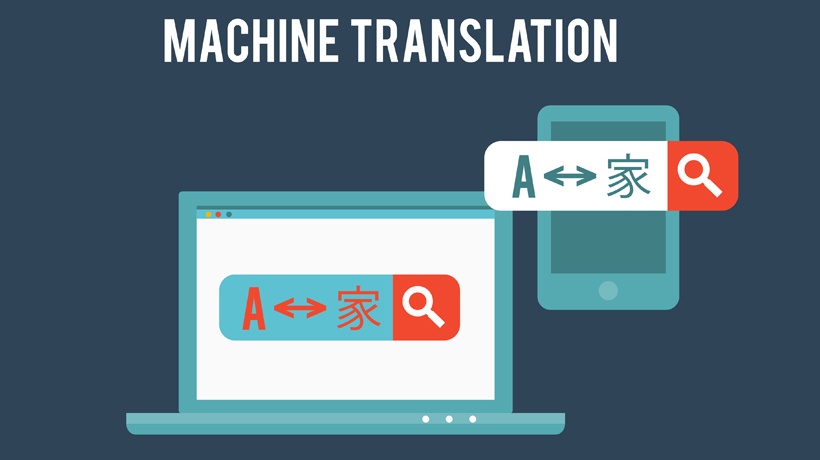Transcreation In eLearning: Why Is It Growing So Fast?
30 years ago, you could probably get away with terrible, stilted translations that weren't checked for authenticity and not tailored to the target international audience. As the world gets smaller, however, that’s not going to cut it.
eLearning is a fast growing industry, and as people interact with each other across borders, it’s becoming essential that not only the language be accurate and precise, but the usage of the language be appropriate to the target location and culture.
You thought that translation was all about the grammar? Think again. People who want to succeed in the global eLearning world across international markets need more than just grammatically accurate translations. They need translation plus content that targets the local culture plus native messaging. Taken together, this new phenomenon is called transcreation in eLearning.
What Is Transcreation?
Transcreation is the process of changing a message from one language to another without changing the style, tone, context, or intention. Think of language, culture, and emotion all created for any kind of content. And when you think of any content you can definitely include eLearning and all the content elements that are involved in eLearning such as video (voice dubbing and subtitles), formatted text, HTML, and other coding languages. Often times, investing in transcreation can be a better option than getting things translated. Transcreation is more expensive but depending on the scope of a global eLearning project, it can pay off in the end. A transcreation team would re-create the content and make it super awesome for a particular culture of people. This is new to the market now, but as the industry grows and as international markets grow and start to use eLearning for education and training, transcreation will become a part of eLearning in a huge way.
What Is Localization?
Creating an eLearning product for an international product is usually a two-step process. There’s the translation work which is the mechanics of the language. The other piece is the localization process in which the target audience is researched in regards to specific regional and cultural needs.
Someone merely translating doesn’t have much freedom to change or adapt content to fit the overall message of the original purpose while tailoring that message to a target audience. Someone who is part of the localization process has significant freedom to change the content as long as the original purpose is kept intact.
This can be risky and requires the translator to have an intimate understanding of the culture and traditions of the area in focus. They have to get inside that group’s head and understand what makes them tick. That’s a far cry from the grammar.
Taking these two things together, translation and localization, we get transcreation. This involves the dual tasks of translating from one language to another and also taking into consideration the unique needs of the community behind the language to offer them products that answer specific needs.
Why Is Transcreation Important?
Traditional translation services basically take the offerings in one language and translate them directly to another. While this can be done well, it leaves out a crucial piece of language.
Sociolinguistically, language is intended to connect people and identify who belongs to a particular cultural group. You might be able to speak the language but completely miss all the little nuances in usage that will build trust as a native of that region.
How Does This Give eLearning Modules An Edge?
There’s a lot of noise on the internet. An eLearning module that takes into account the cultural signifiers of language usage will automatically create more grassroots trust in the target market. People like to believe others who are like them. Again, targeting the grammatical translation without thinking about the delivery itself misses an entire dimension of language.
That can be the difference between widespread acceptance of your eLearning product and losing that market to a more savvy competitor. It pays to look at the details.
Customers are more likely to engage with content that suits them particularly. Each community has unique pain points, needs, and desires. What works in one market might be a total flop in a different market despite appearing on the surface to be related. It’s a rare success to take an eLearning product across borders and not meet some resistance or apathy. Transcreation in eLearning eliminates those missteps.
As we grow closer together through the internet and easier travel, it’s more important than ever to get a temperature reading on the local culture before launching an eLearning product blindly. Life moves fast, and the time it takes you to do the job once and do it right for a hyperspecific cultural group can make or break your product.








